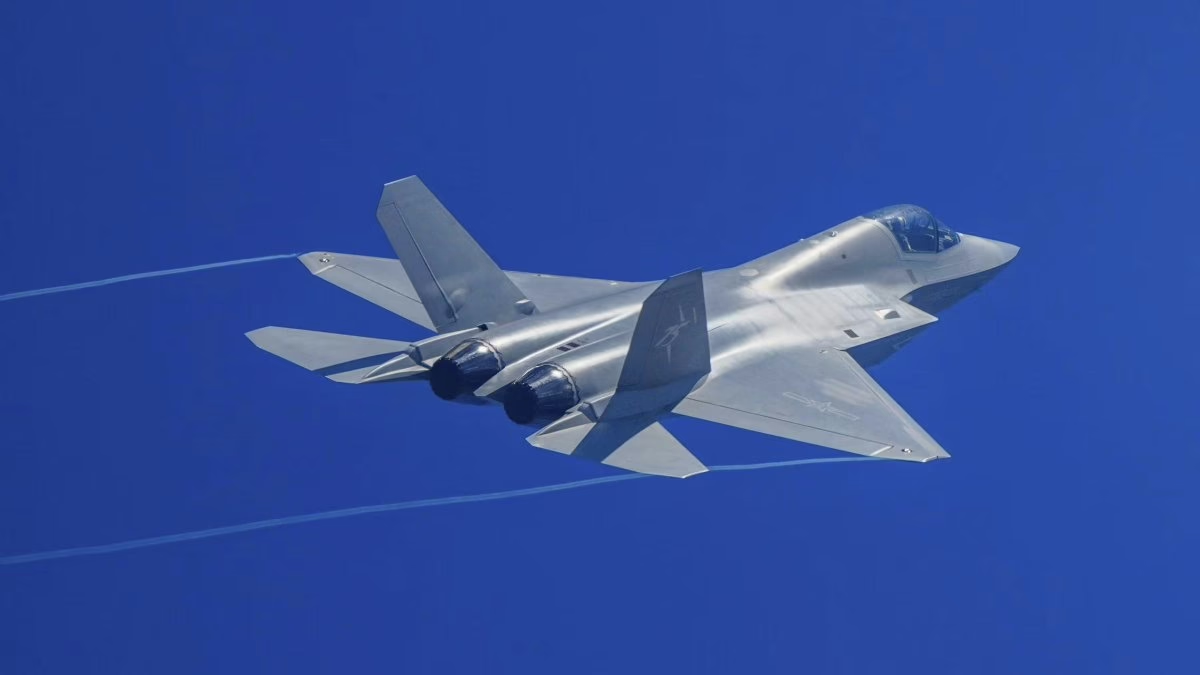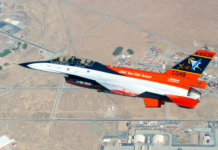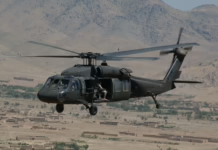Beijing pushes rapid production and software updates for combat aircraft as new carrier-based fighters emerge
A prominent Chinese aircraft designer has called for fighter jets to be manufactured and updated like consumer smartphones, emphasizing rapid production cycles and easy software modifications as Beijing expands its naval aviation capabilities.
Sun Cong of the Chinese Academy of Engineering said future combat aircraft “should be produced like mobile phones,” suggesting China aims to accelerate fighter production rates while enabling swift software updates to add new capabilities, according to state media reports.
“With advances in technology, China’s carrier-based aircraft will become more intelligent in the future,” Sun said in an interview with Chinese state television cited by the Global Times.
The comments come as artificial intelligence and coordination with unmanned aircraft emerge as critical technologies for next-generation fighters, according to Sun, who designed China’s new J-15T naval fighter variant.
Sun’s remarks reflect growing concerns about maintaining technological pace with Western military aviation. “But if other countries start introducing new innovations every five years, we’ll quickly fall behind at our current pace,” he said.
The United States has demonstrated similar software update capabilities. In June 2023, the U.S. Air Force showed it could rapidly update and deploy software for Lockheed Martin F-22 and F-35 fighters, providing enhanced flexibility for evolving tactical situations.
China’s Naval Fighter Development
Sun designed the J-15T, a variant of China’s primary naval fighter built to operate from CATOBAR (catapult-assisted take-off but arrested recovery) aircraft carriers. The original J-15, based on the Russian Sukhoi Su-33 design, focuses on maneuverability and weapons employment.
China’s newer J-35 fighter represents a shift toward “informationization,” where aircraft serve as key nodes in Chinese military networks designed to coordinate attacks against enemy forces. Officials at state aviation company AVIC have indicated the land-based J-35A variant, now entering service with the People’s Liberation Army Air Force, supports operations targeting enemy stealth aircraft.
New Aircraft Sightings
Recent images on Chinese social media have shown developmental aircraft destined for China’s expanding carrier fleet. Photos reveal the Xian KJ-600 airborne early warning aircraft, designed for future CATOBAR carriers and bearing resemblance to the U.S. Navy’s Northrop Grumman E-2 Hawkeye.
Fresh images also show J-35 fighters in flight, though the aircraft in recent photos lack People’s Liberation Army Navy markings and carrier landing equipment.
Both the J-35 and KJ-600 are intended for service aboard China’s newest aircraft carrier, CNS Fujian, which remains in testing phases. Flight trials for the new aircraft have not been confirmed.
Carrier Technology Gap
China’s two operational carriers, CNS Liaoning and CNS Shandong, use ski-jump launch systems that limit aircraft payload capacity and prevent operation of large early warning aircraft. The Fujian represents a significant advancement with three electromagnetic launch systems (EMALS) similar to those on the U.S. Navy’s newest carrier, USS Gerald Ford.
EMALS technology enables heavier aircraft carrying more fuel and weapons to launch from shorter deck distances, a capability that ski-jump systems cannot provide. This advancement allows China to operate larger, more capable aircraft from its newest carrier platform.
The developments signal China’s push to modernize its naval aviation capabilities as it seeks to project power beyond its coastal waters and compete with established naval forces in the Pacific region.

Key Takeaways
Chinese designer Sun Cong advocates for smartphone-style production and software updates for fighter aircraft to accelerate capabilities development.
China’s new J-35 fighter emphasizes network integration and “informationization” rather than traditional maneuverability focus.
Advanced aircraft including the J-35 and KJ-600 early warning plane are being developed for China’s newest carrier, CNS Fujian.
China’s electromagnetic launch systems on Fujian enable heavier aircraft operations compared to ski-jump carriers Liaoning and Shandong.
Beijing expresses concern about maintaining pace with Western military aviation innovations occurring every five years.









